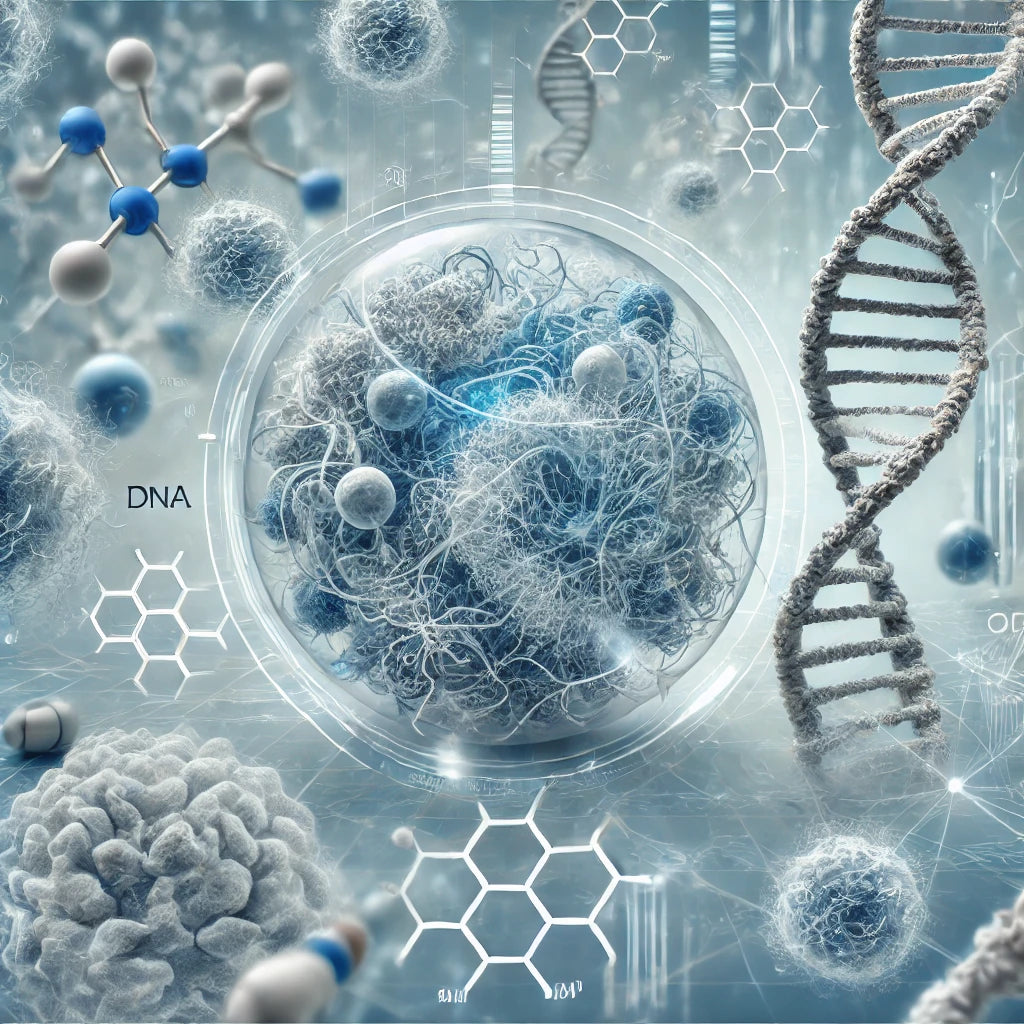News — microRNAs
Can microRNAs Be Used as Biomarkers for Aging?
age-related diseases aging biomarkers aging research anti-aging research biological age biomarkers for aging gene expression regulators gene regulation microRNA aging profiles microRNA and aging microRNAs miRNA expression miRNA sequencing miRNA stability miRNA therapies miRNA-based diagnostics miRNAs miRNAs and longevity miRNAs in disease detection non-invasive biomarkers personalized medicine
Can microRNAs be used as biomarkers for aging? This question has sparked the interest of researchers worldwide as they explore the molecular mechanisms of aging. microRNAs (miRNAs) are small, non-coding RNA molecules that play a crucial role in regulating gene expression. Their ability to modulate key biological processes has led scientists to investigate whether these tiny molecules could serve as reliable indicators of aging. As we age, changes in miRNA expression occur, and these alterations could potentially be harnessed to track the aging process, predict age-related diseases, and improve personalized medicine.
The idea of using miRNAs as biomarkers for aging is particularly exciting because it represents a non-invasive, easily measurable tool for assessing biological age. Chronological age does not always align with how our bodies age at the cellular level. By focusing on biological markers like miRNAs, researchers hope to develop methods that can provide a more accurate reflection of individual health, aging, and susceptibility to age-related diseases. This article will delve deeper into how miRNAs function, their role in aging, and whether they can be effectively used as biomarkers.

